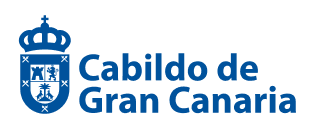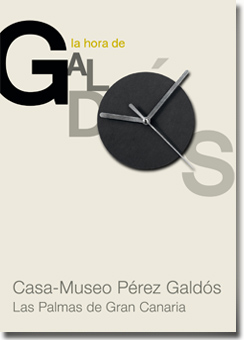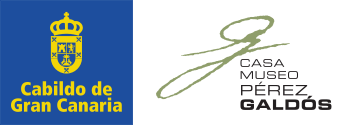TRES MARIANELA EN EL CINE Y LA AMPLIACIÓN DE LOS ESTUDIOS GALDOSIANOS / THREE MARIANELA ON THE BIG SCREEN AND THE EXTENSION OF GALDÓS STUDIES
Palabras clave:
Galdós, Marianela, Benito Perojo, Julio Porter, Angelino Fons, Mary Carrillo, Olga Zubarry, Rocío Dúrcal, adaptaciones fílmicas de Galdós, filmic adaptations of GaldósResumen
Este estudio versa sobre tres adaptaciones cinematográficas de la novela galdosiana Marianela (1879): Marianela (Benito Perojo, España, 1941, con Mary Carrillo en el papel estelar); Marianela (Julio Porter, la Argentina, 1955, con Olga Zubarry en el papel estelar), y Marianela (Angelino Fons, España, 1972, con Rocío Dúrcal en el papel estelar). Estudiamos cada obra en función de las fuerzas sociohistóricas que impulsan su producción y recepción. Hay un apartado sobre las condiciones sociobiográficas de cada película, y el análisis textual de cada film se centra en los componentes de la adaptación y sus significaciones en el momento de su producción. La primera Marianela (Marianela Benito Perojo, 1941) pertenece al primer franquismo de la inmediata posguerra, la segunda (Marianela, Julio Porter, 1955) a las postrimerías del primer peronismo en la Argentina y la tercera (Marianela, Angelino Fons, 1972) a los últimos años de la vida del dictador y su régimen en España. Cada película está marcada por las tendencias socio-ideológico-estéticas de su momento.
Así se presenta una visión polifacética de tres diversas representaciones cinematográficas de este clásico galdosiano y se confirma la utilidad de la ampliación intertextual e intercultural de los estudios galdosianos más allá de España y de la literatura para actualizar la siempre fascinante Hora de Galdós. / This study focuses on three filmic adaptations of the Galdosian novel Marianela (1879): Marianela (Benito Perojo, Spain, 1941, with Mary Carrillo in the starring role); Marianela (Julio Porter, Argentina, 1955, with Olga Zubarry in the starring role), y Marianela (Angelino Fons, Spain, 1972, with Rocío Dúrcal in the starring role). I analyze each film in relation to the socio-historic forces that drive the production and consumption of the text. There is a section on the socio-biographic conditions of each film, and the textual analysis of each film is based on the components of the adaptation and its meanings at the time of its producdtion. The first Marianela (Marianela, Benito Perojo, 1941) belongs to the early Franco period immediately after the Civil War in Spain, the second (Marianela, Julio Porter, 1955) to the waning moments of the first Peronism in Argentina, and the third (Marianela, Angelino Fons, 1972) to the last years of the Franco regime in Spain. Each film displays the socio-historical-esthetic tendencies of its period.
Thus the study presents a multi-faceted visión of three different filmic representations of this Galdosian classic. Furthermore, it confirms the usefulness of the interdisciplinary and intercultural extension of Galdós studies beyond Spain and beyond literature to update the always fascinating Hour of Galdós.




